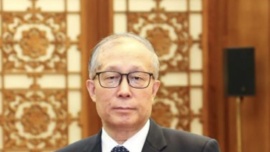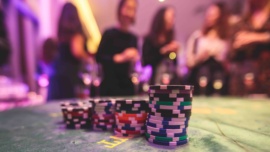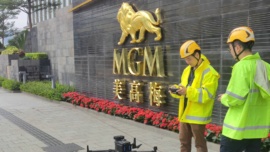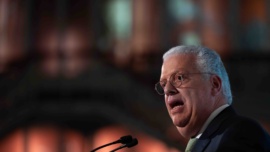
By Glenn McCartney
Associate Professor in Integrated Resort and Tourism Management, University of Macau
If you left Macau now and came back in 2033 what would it look like in terms of tourism development? It has been a theme in my last few keynote talks. I say 2033, as the current casino concession is for 10 years and would expire by then. A few of my presentation notes reflect on the much-discussed perspective of tourism product diversification in Macau, and the expansion of alternative forms of tourism beyond gaming. The government recently provided a special interest tourism product list in 10 areas when awarding the 6 new casino concessions in late 2022 – these included healthcare, entertainment, conventions and exhibitions, sports events, culture and art, and themed amusements. The issue of expanding or editing tourism destination product and service choices to potential or current visitors is not new. It is a selection and tourism product mix challenge regularly presented regularly to tourism destinations globally as part of destination management. What do you keep and elevate attention to? What do you remove or place less emphasis? What do you create? What are the product choices and motives of a new generation of travelers? What’s the timeframe, resources, and policies required to realise on the product list vision? What are the community’s thoughts? The list goes on over the several strategic tourism product and service choices. And is the challenge similarly facing Macau today.
A key argument for tourism product diversification (and one applied to Macau too), is commonly an economic one, enabling a greater spread beyond one or a few tourism products, to participation and spending across tourism products. There are knock-on benefits including greater employment choices and upskilling, growth of SMEs and tourism innovation and entrepreneurs, sustainable and green tourism initiatives, as well as creating a city image more distinctive that appeals to wider leisure and business travel segments.
In the end, for tourist product selection and goals to be successful, they must increasingly link to the expectations and experiences of visitors, and potential visitors. Research is crucial to gather that data. The diversification vision for Macau includes attracting more visitors regional and internationally, but it is also a time of increasing global tourism competition, as tourism destinations contend for travel markets in the tourism recovery from COVID-19. In tourism marketing and customer decision-making we often refer to the ‘push and pull’ factors, which are interconnected – the ‘pull factors’ of various natural, inherited, or built products, from forests, lakes, heritage, to fabricated settings such as The Cotai Strip of built products including casinos, events, retail, accommodation, entertainment and spas. The ‘push factors’ are psychological – to rest, relax, to escape from/to, social interaction, sense of adventure, or well-being. So essentially, that the tourism products deliver on this narrative and visitor expectation. The challenge of course is converting specific ‘push and full’ factors into images and messages in tourism and hospitality marketing in a way that targeted traveler segments find believable and appealing – and more distinctive than the choices presented by competing cities and destinations.
The awarding of the 6 new casino concessions and their commitment to invest over US$13 billion in total in non-gaming projects presents a window of opportunity to rethink and reposition for tourism development through public and private partnership, and to present the ‘push and pull’ factors through a compelling ‘Macau by 2033’ communications strategy – and especially as tourism recovery in Macau, regionally and globally, is now moving at a pace. The tourism product and service rollout taken at these initial phases now will naturally be part of determining what Macau’s tourism looks like in 5 or 10 years.
























